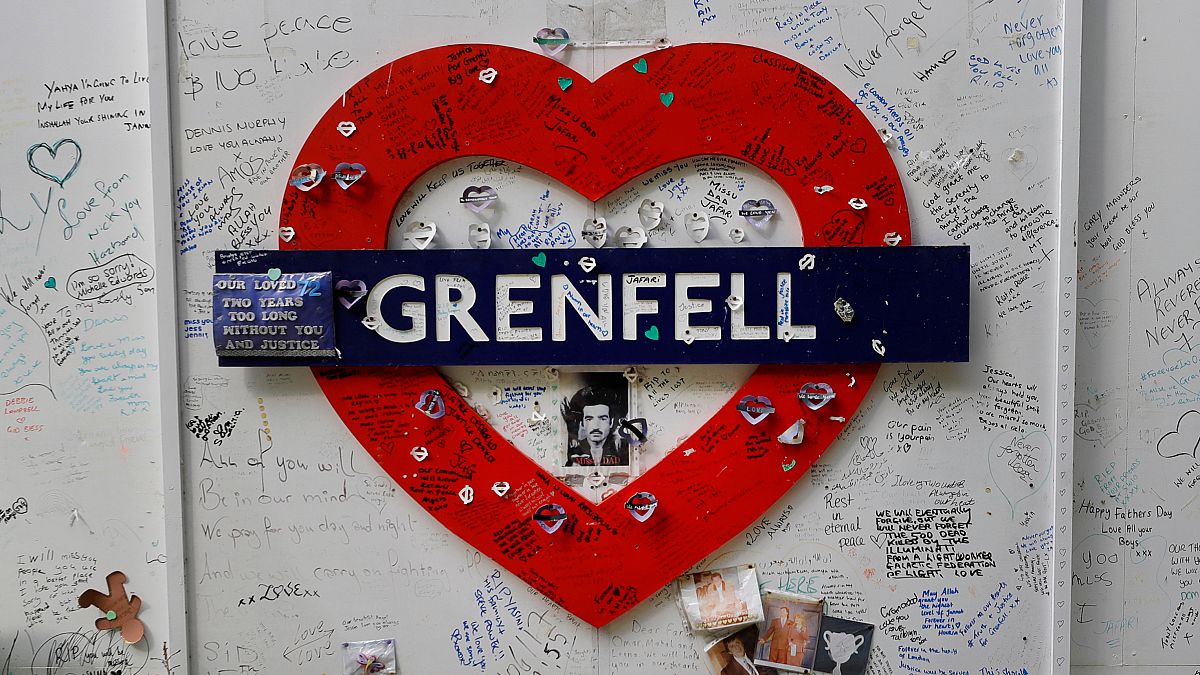Seven years after the tragic high-rise building fire in London that claimed the lives of 72 people, a report on the incident has found that a series of failures by government, regulators, and industry turned Grenfell Tower into a “death trap.” The public inquiry into the 2017 blaze concluded that there was no single cause of the tragedy, but rather a combination of dishonest companies, weak regulators, and complacent government officials. According to retired judge Martin Moore-Bick, who led the inquiry, the victims’ deaths could have been avoided, and those who lived in the tower were failed over several years by various individuals and organizations.
The report was highly critical of companies involved in the installation of combustible cladding on Grenfell Tower, which contributed to the rapid spread of the fire. The cladding, made of aluminium and polyethene, was used during a refurbishment of the building and was found to be highly flammable. The report accused companies of engaging in systematic dishonesty, manipulating safety tests, and misrepresenting the safety of the cladding material. Additionally, it highlighted the unscrupulous behavior of insulation manufacturer Celotex and cladding panel maker Arconic, as well as the exploitation of industry knowledge by insulation firm Kingspan.
The failures that led to the Grenfell Tower tragedy were further exacerbated by the weak enforcement of building standards, uninterested local authorities, and a complacent government that ignored safety warnings due to a commitment to deregulation. The inquiry’s findings raise questions about how a structurally sound building could be transformed into a death trap, reflecting a wider issue of lax safety regulations and indifference towards public safety. The report emphasized the collective incompetence of architects, engineers, contractors, and others involved in the refurbishment, all of whom shirked responsibility for safety measures.
The initial report published in 2019 criticized the London Fire Brigade for advising residents to stay in their apartments during the fire, a decision that proved fatal for many. The firefighters were also found to be inadequately trained to handle a high-rise fire and were provided with outdated communication equipment. The public inquiry has held multiple hearings and examined numerous witness statements to understand the sequence of events leading up to the tragedy. Despite the shortcomings identified, the report found no evidence that racial or social prejudice influenced the decisions that ultimately resulted in the dangerous conditions at Grenfell Tower.
The Grenfell Tower tragedy sparked a national debate about inequality in Britain, as the public housing building was located in a wealthy neighborhood, and many victims were working-class individuals with immigrant backgrounds. The diverse group of victims included taxi drivers, architects, retirees, and children, highlighting the wide-reaching impact of the fire. Despite the emotional toll the incident took on the community, the search for justice is ongoing, with police investigating numerous individuals and companies for possible charges, including corporate and individual manslaughter. The legal process is expected to extend into late 2026 before any potential prosecutions are made.
As the survivors and families of the victims continue to seek closure and justice, the legacy of Grenfell Tower serves as a stark reminder of the consequences of negligent practices and regulatory failures. The green heart and poignant message “Grenfell forever in our hearts” emblazoned on the now-covered tower stand as a symbol of remembrance for those whose lives were lost. The findings of the public inquiry shed light on the systemic failures that led to the tragedy and call for accountability from those responsible for creating the unsafe conditions that resulted in the devastating loss of life.





















